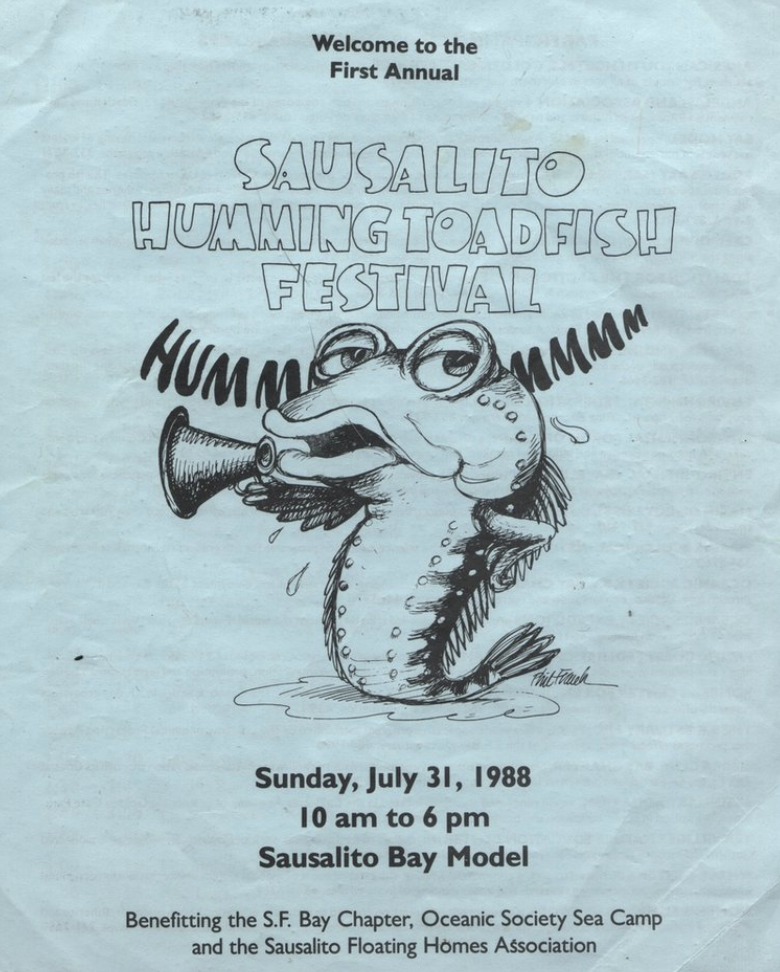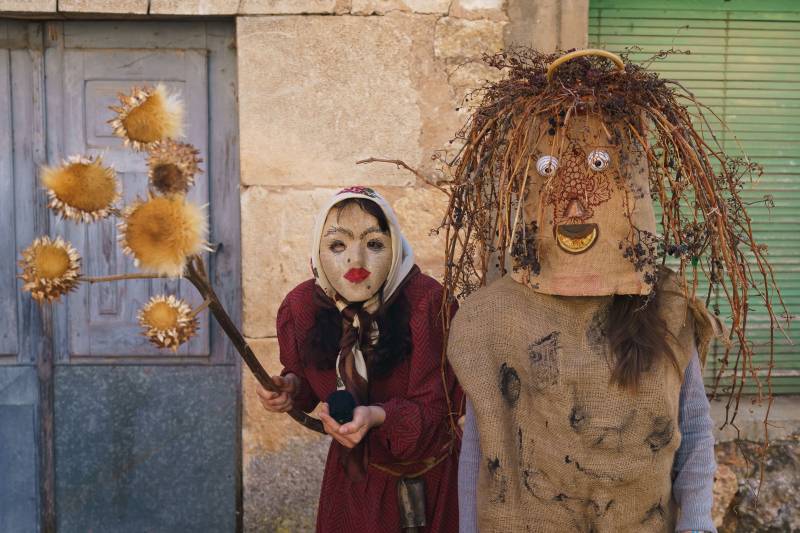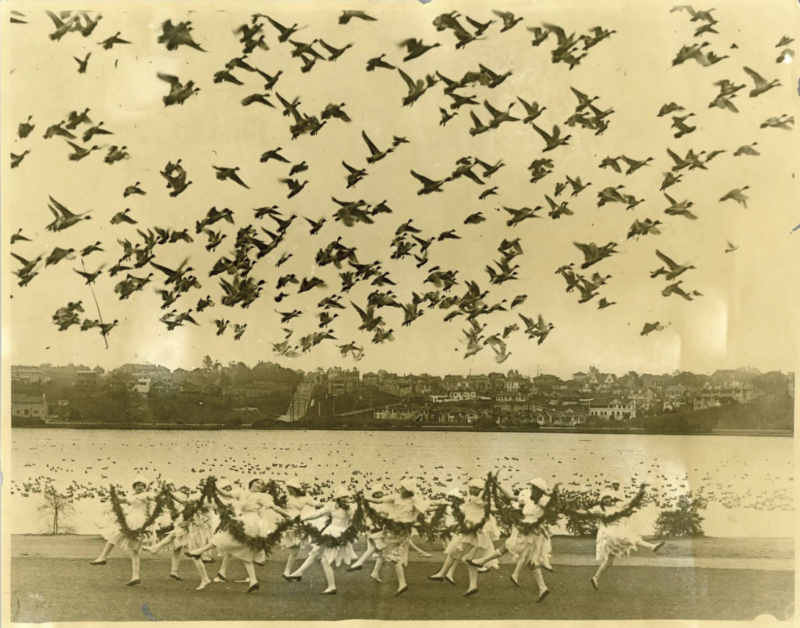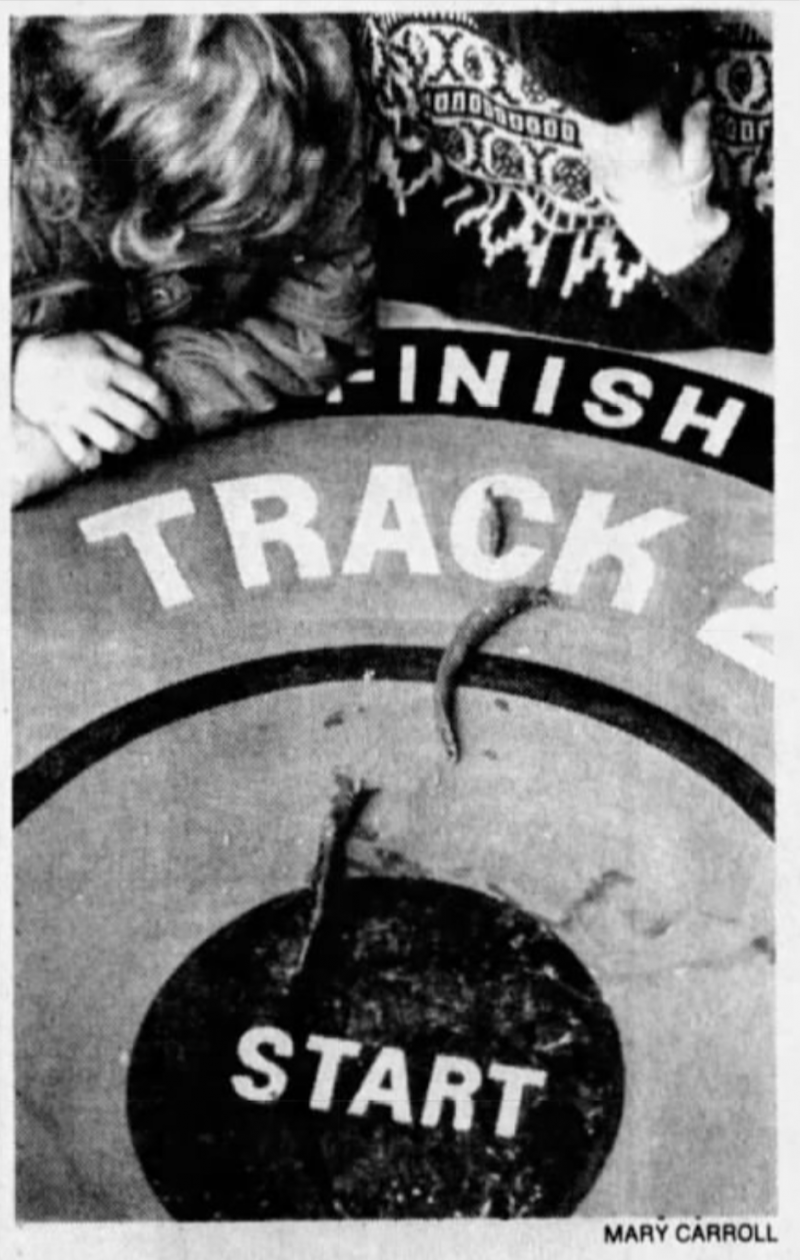As we all know, the Bay Area is one of those very special little corners of Earth where surreal niches don’t just survive—they often thrive. Just ask the Sisters of Perpetual Indulgence. Or the Naked Guys. Or even Frank Chu, the 12 Galaxies protest dude. Our inherent love of the unusual is why we have a BDSM festival. And it’s definitely why we have a second BDSM festival for people who think the first BDSM festival is too mainstream.
In truth though, we could be doing more, because—for reasons I cannot fathom—some of the strangest festivals in Bay Area history are no longer with us.
Without further ado, I present three festivals that we almost certainly should bring back. One of the strangest things about all of them is that they ever fell out of favor here in the first place…
The Annual Humming Toadfish Festival, Sausalito

In the summer of 1981, houseboat residents in Sausalito began hearing a strange hum coming from the water. It came only at night, it prompted residents to check their electrical boxes for faulty wires, and it was compared by one witness to the sound of a distant air raid. “The humming is so strong,” South Dakota’s Argus-Leader once reported, “it is able to penetrate even the steel-reinforced concrete hulls of some houseboats.”




